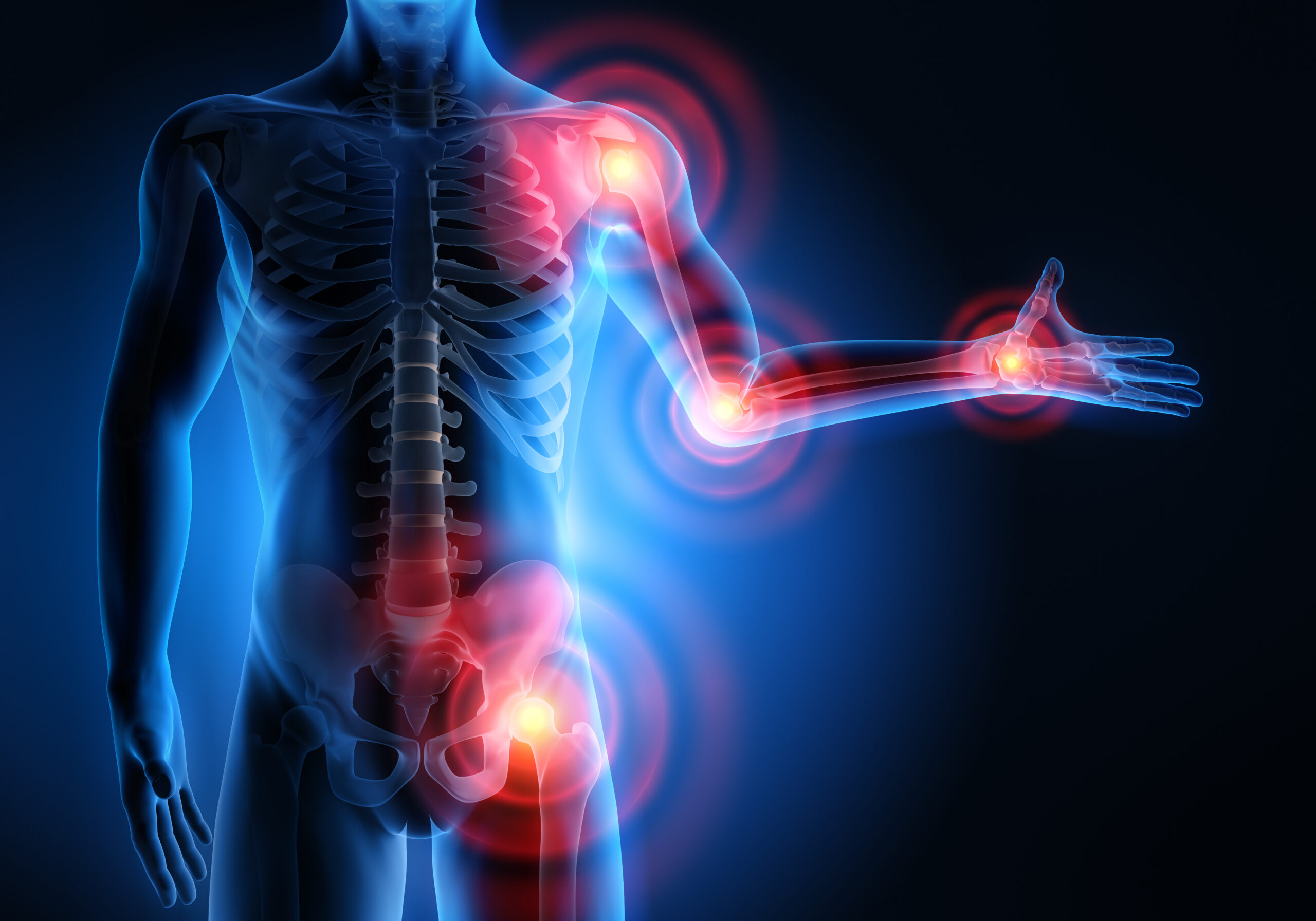What Causes Changes in Appetite and Cravings?
Many people experience changes in their appetite and cravings over time, and it isn’t always easy to pinpoint what is causing these changes. Complex pathways modulate energy balance and appetite. These involve appetite centers in the hypothalamus and brain stem, in addition to hormonal signals of energy status from the gut and periphery 1. The regulation of energy balance and appetite is thus orchestrated by an interaction of hormones, nutrients, neuronal signals with the central nervous system, notably the hypothalamus 2. Individuals experience changes in appetite and cravings as a result of these complex interactions.
While increased appetite is often not a cause for concern, this can also signal an underlying condition. Most commonly, this is diabetes, but it may also be other hormone conditions, thyroid conditions like hyperthyroidism, genetic conditions, or even growth-hormone secreting tumors 3. Alongside such conditions, certain negative behavioral situations can increase an individual’s appetite as well. These tend to include chronic stress and sleep deprivation.
Mechanistically, there is a constant, complex interplay between various factors in the regulation of appetite and cravings. These can take the form of orexigenic, or appetite-stimulating, or anorexigenic, or appetite-curbing, signals.
This includes the action of peripheral hormones from the gut, pancreas, adipose, and liver, which respond to the level of stored fat and therefore the body’s currently available reserves for fuel. Acting via leptin signaling from fat tissues for example, the vagus nerve curbs appetite.
Areas in the hypothalamus and brain stem work to integrate multiple behavioral, endocrine, and autonomic responses according to information received from the body 4. For example, neurons in the hypothalamus, via ghrelin signaling from the stomach, express pro-opiomelanocortin (POMC) to curb appetite. In contrast, these neurons express neuropeptide Y (NPY) and agouti-related peptide (ARP) to increase appetite 5.
A number of complex factors influence food cravings specifically, as well. First, it is possible that cravings are for specific foods because the body needs particular nutrients 6. Second, an imbalance of hormones, such as leptin and serotonin, can trigger specific or generalized cravings for food. Third, in people who menstruate, hormonal fluctuations across the menstrual cycle can cause cravings. Relatedly, people can experience especially strong cravings during pregnancy due to hormonal changes. Finally, emotions can also contribute to food cravings, such as in cases of comfort eating. It is critical to understand the root causes of cravings and the patterns behind their emergence in order to best regulate these factors as they arise.
The increase in the prevalence of overweight and obesity is one of the greatest threats to the health of the American population 7. Understanding the factors underpinning body weight regulation will help to develop new strategies to combat the obesity epidemic. Correcting dysfunctional changes to appetite and cravings would help prevent metabolic disorders, while understanding normal changes would help improve perceptions and conversations around eating habits and weight. Continued research into the factors underlying changes in appetite and cravings is sure to improve health into the future.
References
1. Druce, M. & Bloom, S. R. The regulation of appetite. Arch. Dis. Child. 91, 183 (2006). doi: 10.1136/adc.2005.073759
2. Hainerová, I. A. & Lebl, J. Mechanisms of appetite regulation. J. Pediatr. Gastroenterol. Nutr. 51, (2010). DOI: 10.1097/MPG.0b013e3181f84208
3. 10 possible reasons why you’re experiencing an increased appetite – Blog | Everlywell: Home Health Testing Made Easy. Available at: https://www.everlywell.com/blog/sleep-and-stress/reasons-for-increased-appetite/. (Accessed: 16th October 2023)
4. Miller, G. D. Appetite Regulation: Hormones, Peptides, and Neurotransmitters and Their Role in Obesity. American Journal of Lifestyle Medicine (2019). doi:10.1177/1559827617716376
5. Adam, C. L. & Mercer, J. G. Appetite regulation and seasonality: implications for obesity. Proc. Nutr. Soc. (2004). doi:10.1079/pns2004367
6. Food cravings: Causes and how to reduce and replace cravings. Available at: https://www.medicalnewstoday.com/articles/318441. (Accessed: 16th October 2023)
7. Perry, B. & Wang, Y. Appetite regulation and weight control: The role of gut hormones. Nutrition and Diabetes (2012). doi:10.1038/nutd.2011.21









